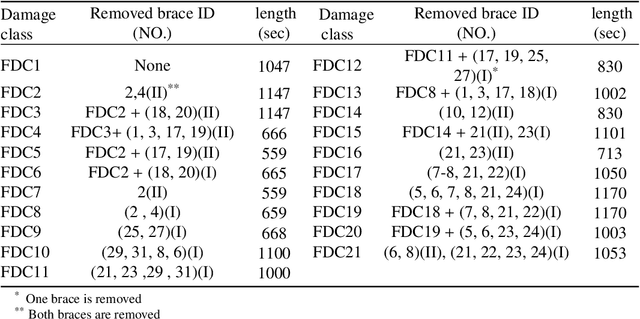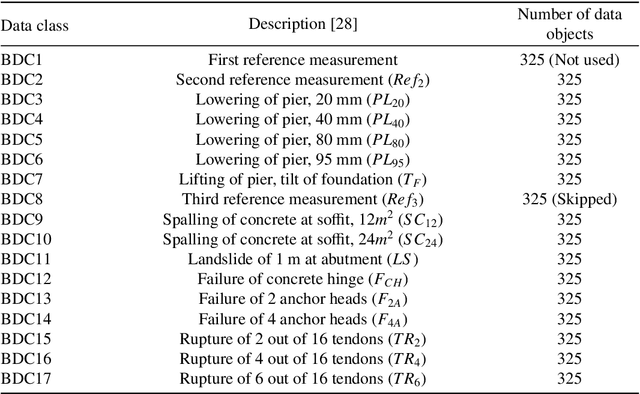Reza Sepasdar
A Data-Driven Approach to Full-Field Damage and Failure Pattern Prediction in Microstructure-Dependent Composites using Deep Learning
Apr 09, 2021



Abstract:An image-based deep learning framework is developed in this paper to predict damage and failure in microstructure-dependent composite materials. The work is motivated by the complexity and computational cost of high-fidelity simulations of such materials. The proposed deep learning framework predicts the post-failure full-field stress distribution and crack pattern in two-dimensional representations of the composites based on the geometry of microstructures. The material of interest is selected to be a high-performance unidirectional carbon fiber-reinforced polymer composite. The deep learning framework contains two stacked fully-convolutional networks, namely, Generator 1 and Generator 2, trained sequentially. First, Generator 1 learns to translate the microstructural geometry to the full-field post-failure stress distribution. Then, Generator 2 learns to translate the output of Generator 1 to the failure pattern. A physics-informed loss function is also designed and incorporated to further improve the performance of the proposed framework and facilitate the validation process. In order to provide a sufficiently large data set for training and validating the deep learning framework, 4500 microstructural representations are synthetically generated and simulated in an efficient finite element framework. It is shown that the proposed deep learning approach can effectively predict the composites' post-failure full-field stress distribution and failure pattern, two of the most complex phenomena to simulate in computational solid mechanics.
System-reliability based multi-ensemble of GAN and one-class joint Gaussian distributions for unsupervised real-time structural health monitoring
Feb 01, 2021



Abstract:Unsupervised health monitoring has gained much attention in the last decade as the most practical real-time structural health monitoring (SHM) approach. Among the proposed unsupervised techniques in the literature, there are still obstacles to robust and real-time health monitoring. These barriers include loss of information from dimensionality reduction in feature extraction steps, case-dependency of those steps, lack of a dynamic clustering, and detection results' sensitivity to user-defined parameters. This study introduces an unsupervised real-time SHM method with a mixture of low- and high-dimensional features without a case-dependent extraction scheme. Both features are used to train multi-ensembles of Generative Adversarial Networks (GAN) and one-class joint Gaussian distribution models (1-CG). A novelty detection system of limit-state functions based on GAN and 1-CG models' detection scores is constructed. The Resistance of those limit-state functions (detection thresholds) is tuned to user-defined parameters with the GAN-generated data objects by employing the Monte Carlo histogram sampling through a reliability-based analysis. The tuning makes the method robust to user-defined parameters, which is crucial as there is no rule for selecting those parameters in a real-time SHM. The proposed novelty detection framework is applied to two standard SHM datasets to illustrate its generalizability: Yellow Frame (twenty damage classes) and Z24 Bridge (fifteen damage classes). All different damage categories are identified with low sensitivity to the initial choice of user-defined parameters with both introduced dynamic and static baseline approaches with few or no false alarms.
 Add to Chrome
Add to Chrome Add to Firefox
Add to Firefox Add to Edge
Add to Edge